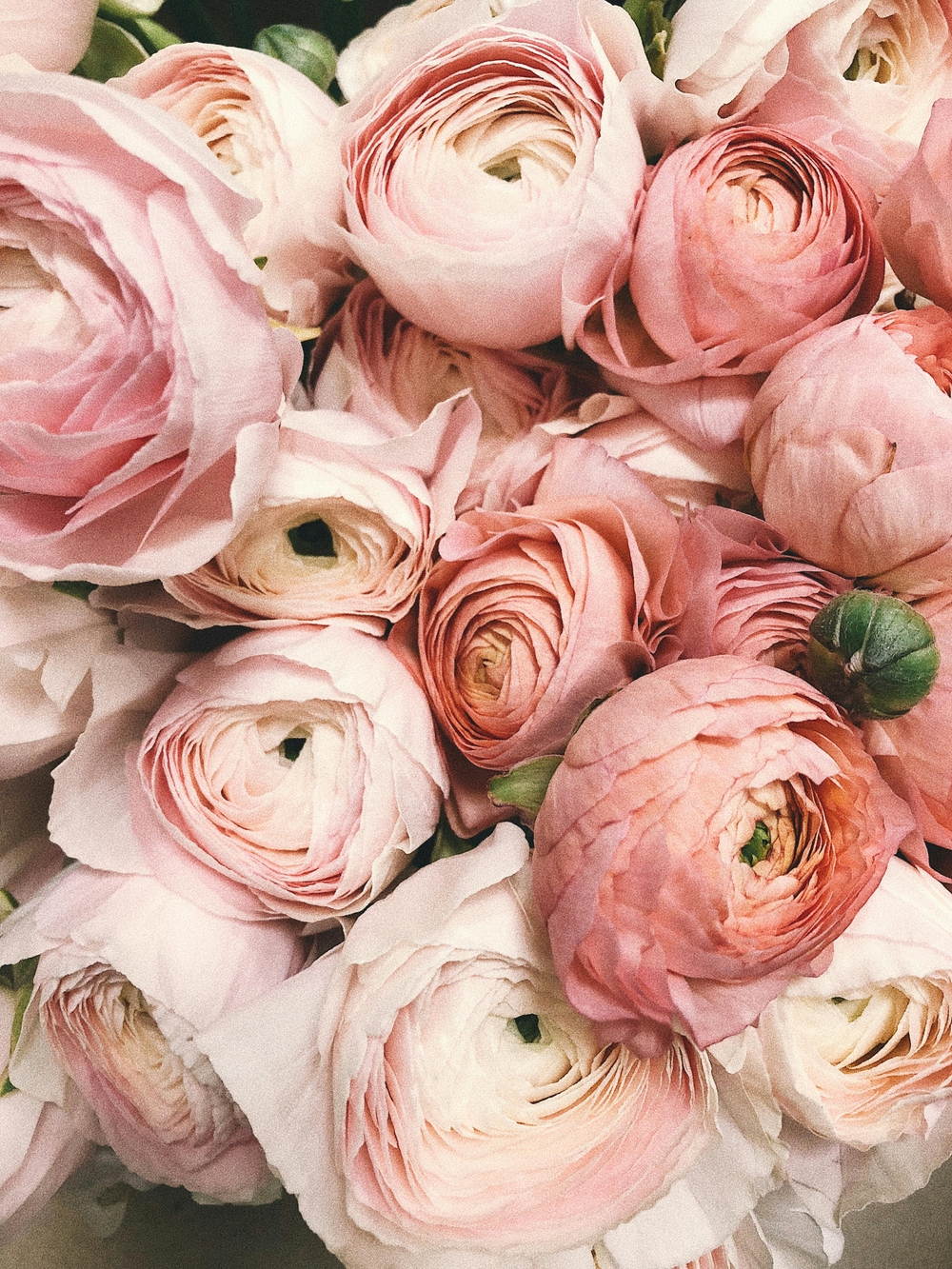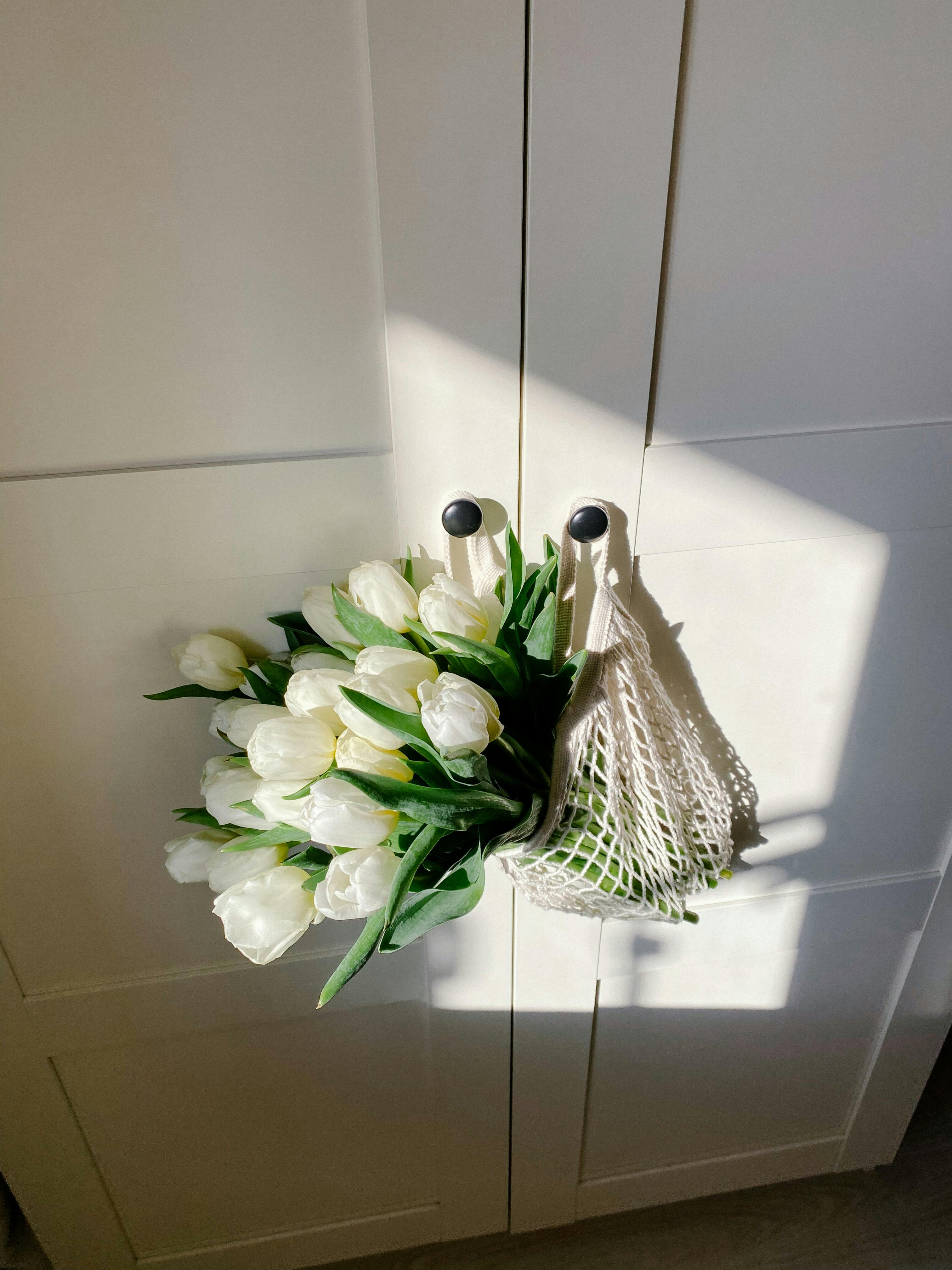Published
- 4 min read
The Ultimate Guide to Wedding Bouquet Preservation: Cherishing Your Memories

Your wedding day is one of the most memorable moments of your life, and your bridal bouquet plays a significant role in creating those cherished memories. Preserving your wedding bouquet allows you to keep a tangible reminder of your special day, which you can treasure for years to come. In this ultimate guide, we’ll explore various methods of wedding bouquet preservation and help you choose the best option for your needs.
Why Preserve Your Wedding Bouquet?
There are several reasons why you might want to consider preserving your wedding bouquet:
-
Sentimental value: Your bridal bouquet is a symbol of your love and commitment, and preserving it allows you to hold onto that sentiment long after your wedding day.
-
Home decor: A preserved bouquet can make a beautiful addition to your home decor, serving as a constant reminder of your special day.
-
Anniversary gift: Preserved wedding flowers make a thoughtful and romantic anniversary gift for your spouse.
-
Family heirloom: By preserving your bouquet, you can pass it down to future generations as a cherished family heirloom.
Wedding Bouquet Preservation Methods
There are several methods for preserving your wedding bouquet, each with its own advantages and disadvantages. Let’s explore the most popular options:
1. Pressing
Pressing is a traditional method of preserving flowers, which involves flattening them between absorbent materials and applying pressure. This method is best suited for individual flowers or petals rather than entire bouquets.
Pros:
- Inexpensive
- Can be done at home
- Pressed flowers can be used in various craft projects
Cons:
- Flattens the flowers, altering their appearance
- Time-consuming process
- Not suitable for preserving entire bouquets
2. Hanging
Hanging is another simple method of preserving your wedding bouquet. This involves hanging the bouquet upside down in a cool, dry place until it dries completely.
Pros:
- Easy to do at home
- Inexpensive
- Maintains the bouquet’s shape and structure
Cons:
- Flowers may lose some of their color and vibrancy
- Drying process can take several weeks
- Dried bouquets are delicate and prone to shattering

3. Silica Gel Drying
Silica gel is a desiccant that can be used to dry flowers quickly while preserving their shape and color. This method involves burying the flowers in silica gel crystals until they are completely dry.
Pros:
- Preserves the flowers’ shape and color
- Drying process is relatively quick (about a week)
- Dried flowers are less fragile than those preserved by hanging
Cons:
- Requires special materials (silica gel)
- Can be messy and time-consuming
- Flowers may become brittle over time
4. Freeze-Drying
Freeze-drying, also known as lyophilization, is a professional preservation method that involves removing moisture from the flowers while they are frozen. This method is considered the gold standard for wedding bouquet preservation, as it best maintains the flowers’ original appearance.
Pros:
- Preserves the flowers’ shape, color, and texture
- Flowers remain soft and pliable
- Long-lasting preservation (up to 20 years or more)
Cons:
- Most expensive preservation method
- Requires professional equipment and expertise
- Preserved bouquets are still delicate and require careful handling
5. Resin Casting
Resin casting is a unique preservation method that involves embedding the flowers in clear epoxy resin. This creates a beautiful, three-dimensional display that showcases your wedding bouquet.
Pros:
- Creates a stunning, modern display
- Flowers are protected from damage and deterioration
- Can be done with individual flowers or entire bouquets
Cons:
- Requires special materials and equipment
- Can be challenging to do at home
- Resin may yellow over time if not properly UV-treated
Choosing the Right Preservation Method
When deciding on the best preservation method for your wedding bouquet, consider the following factors:
-
Budget: Preservation methods vary in cost, with freeze-drying being the most expensive and pressing being the most affordable.
-
Desired appearance: Each method results in a different final appearance, so consider whether you want your bouquet to look as close to its original form as possible or if you’re open to a more artistic interpretation.
-
Display preferences: Think about how you want to display your preserved bouquet. Will it be framed, displayed in a shadow box, or used in a craft project?
-
Longevity: Some preservation methods, like freeze-drying, offer longer-lasting results than others, such as hanging or pressing.
Conclusion
Preserving your wedding bouquet is a beautiful way to cherish the memories of your special day. By understanding the various preservation methods available and considering your personal preferences and budget, you can choose the best option for your needs. Whether you opt for traditional pressing, elegant freeze-drying, or a modern resin casting, your preserved bridal bouquet will serve as a lasting reminder of your love and commitment.
Useful Resources:
The Best Wedding Content
Curated and delivered to your inbox. One weekly e-mail featuring the best content for couples and wedding professionals.
Subscribe Now